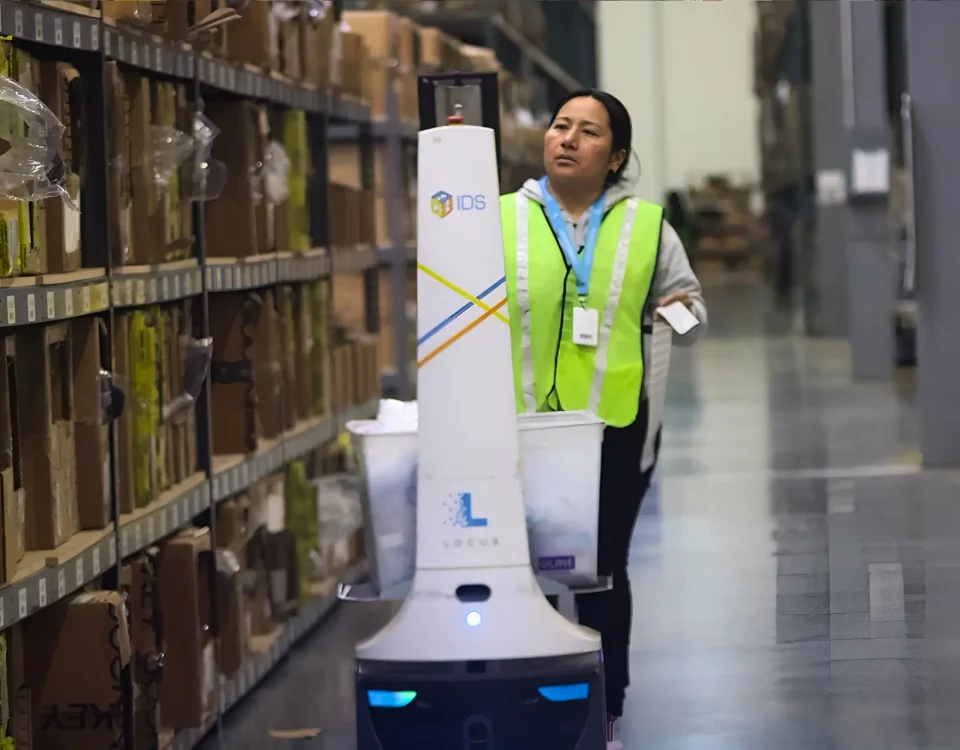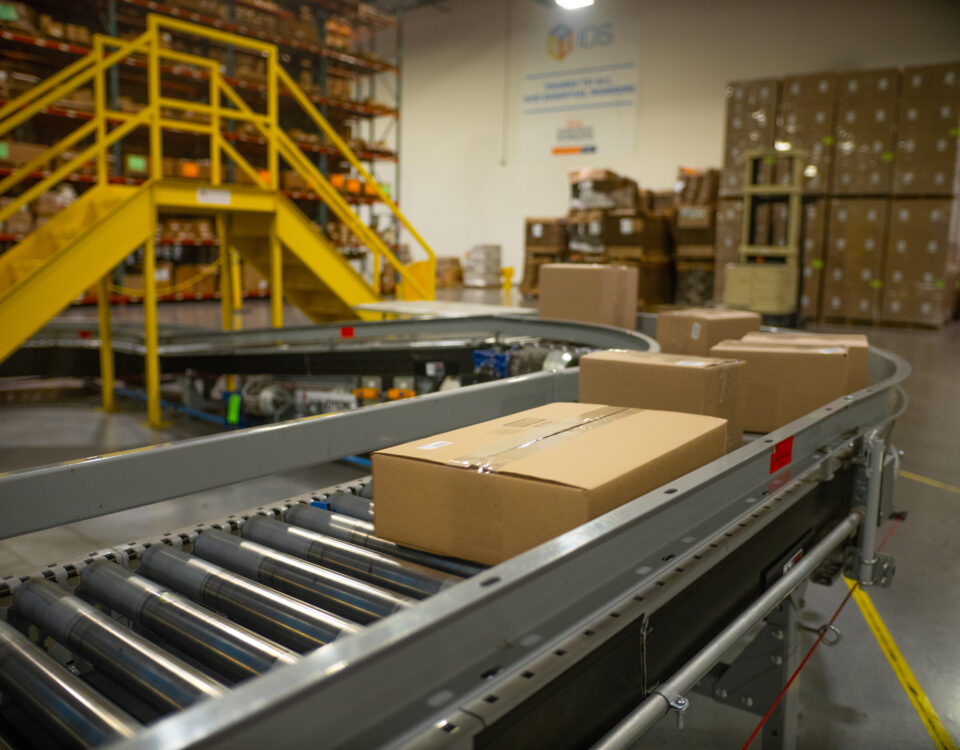Faster fulfillment doesn’t have to mean higher costs.
Many businesses assume that improving order processing speed requires expensive investments, but the reality is that optimizing fulfillment processes reduces costs while improving efficiency.
A slow fulfillment process leads to delayed shipments, dissatisfied customers, and rising expenses. However, by leveraging automation, improving inventory management, and implementing quality control, businesses can achieve fast, cost-effective fulfillment.
In this blog, we’ll explore actionable strategies to increase fulfillment speed while keeping costs under control.
The Myth of High Costs with Fast Fulfillment
Many businesses hesitate to optimize their fulfillment operations, assuming that faster processing means hiring more staff, upgrading expensive technology, or paying for premium shipping. This misconception often prevents them from addressing inefficiencies that drive up costs in the long run.
The truth? Optimizing fulfillment processes can actually lower costs while increasing efficiency. Here are three examples:
- Automation Reduces Labor Costs: Automating order processing, picking, and packing minimizes manual labor, speeding up fulfillment while lowering expenses.
- Strategic Inventory Placement Cuts Shipping Costs: Storing high-demand products closer to key customer locations shortens transit times and reduces shipping costs.
- Kitting and Bundling Improve Efficiency: Pre-assembling frequently purchased items reduces picking and packing time, improving order accuracy and lowering returns.
Optimizing fulfillment isn’t about spending more—it’s about eliminating inefficiencies. Businesses that rethink their fulfillment approach can achieve both speed and cost savings.
Steps to Optimizing Fulfillment Processes
Fast fulfillment isn’t just about getting orders out the door quickly—it requires a well-structured and efficient system. Many delays stem from inefficient workflows, disorganized inventory, and outdated technology. Addressing these bottlenecks is key to optimizing fulfillment processes for both speed and cost control.
Here’s how to streamline fulfillment operations for maximum efficiency:
- Invest in Automation: Order processing software, barcode scanning, and robotic picking reduce manual work and accelerate fulfillment.
- Enhance Inventory Management: Real-time inventory tracking prevents stockouts, optimizes replenishment, and ensures product availability.
- Optimize Warehouse Layout: Storing high-demand products in accessible locations reduces picking and packing time.
- Use Regional Fulfillment Centers: Distributing inventory across multiple locations shortens delivery times and lowers shipping costs.
- Implement Kitting Solutions: Pre-assembling frequently purchased product bundles reduces fulfillment time and picking errors.
By integrating these strategies, businesses can increase fulfillment speed, reduce operational bottlenecks, and improve customer satisfaction. A well-optimized fulfillment system ensures businesses can meet customer expectations without unnecessary costs.
Aligning Speed with Accuracy in Fulfillment
Speed alone isn’t enough—accuracy is just as critical. A fulfillment operation that prioritizes speed without ensuring accuracy leads to incorrect shipments, costly returns, and customer dissatisfaction. To prevent these issues, businesses must implement quality control measures within their fulfillment processes.
Here’s how to maintain accuracy while improving speed:
- Use Quality Control Checkpoints: Scanning and verification steps throughout fulfillment help catch errors before orders are shipped.
- Train Staff on Accuracy Standards: Well-trained employees make fewer mistakes, reducing returns and reshipments.
- Monitor Fulfillment KPIs: Tracking metrics like order accuracy, shipping speed, and return rates helps identify and address inefficiencies.
- Provide Realistic Delivery Estimates: Setting clear expectations prevents frustration from missed delivery promises.
Businesses that prioritize both speed and accuracy reduce fulfillment errors, build customer trust, and protect long-term profitability. A fast, well-optimized fulfillment process provides a competitive advantage, ensuring customers receive their orders quickly and correctly.
Optimizing fulfillment processes doesn’t have to mean spending more—it means working smarter. By leveraging automation, improving inventory placement, and integrating quality control, businesses can reduce costs while accelerating order fulfillment.
A well-optimized fulfillment strategy leads to greater efficiency, lower costs, and stronger customer satisfaction. Companies that focus on speed and accuracy will gain a competitive edge, reduce operational waste, and drive long-term profitability.
If you’re serious about removing inefficiencies, improving order fulfillment speed, and ensuring your 3PL is operating at peak performance, download the checklist, “How to Cut Delays, Speed Up Orders & Keep Customers Happy.” It will give you the exact playbook to evaluate where fulfillment bottlenecks exist and how to fix them. Download now.












